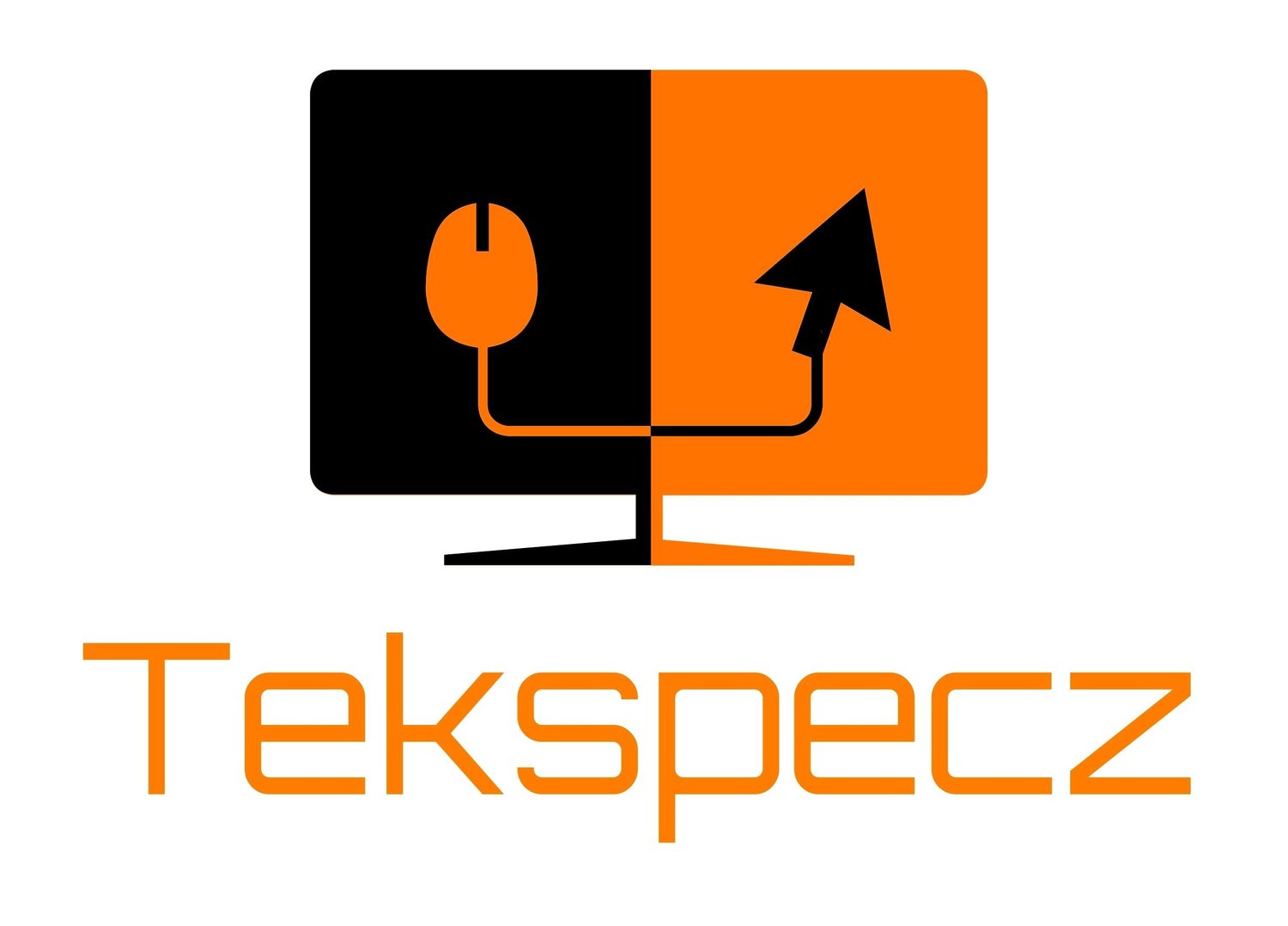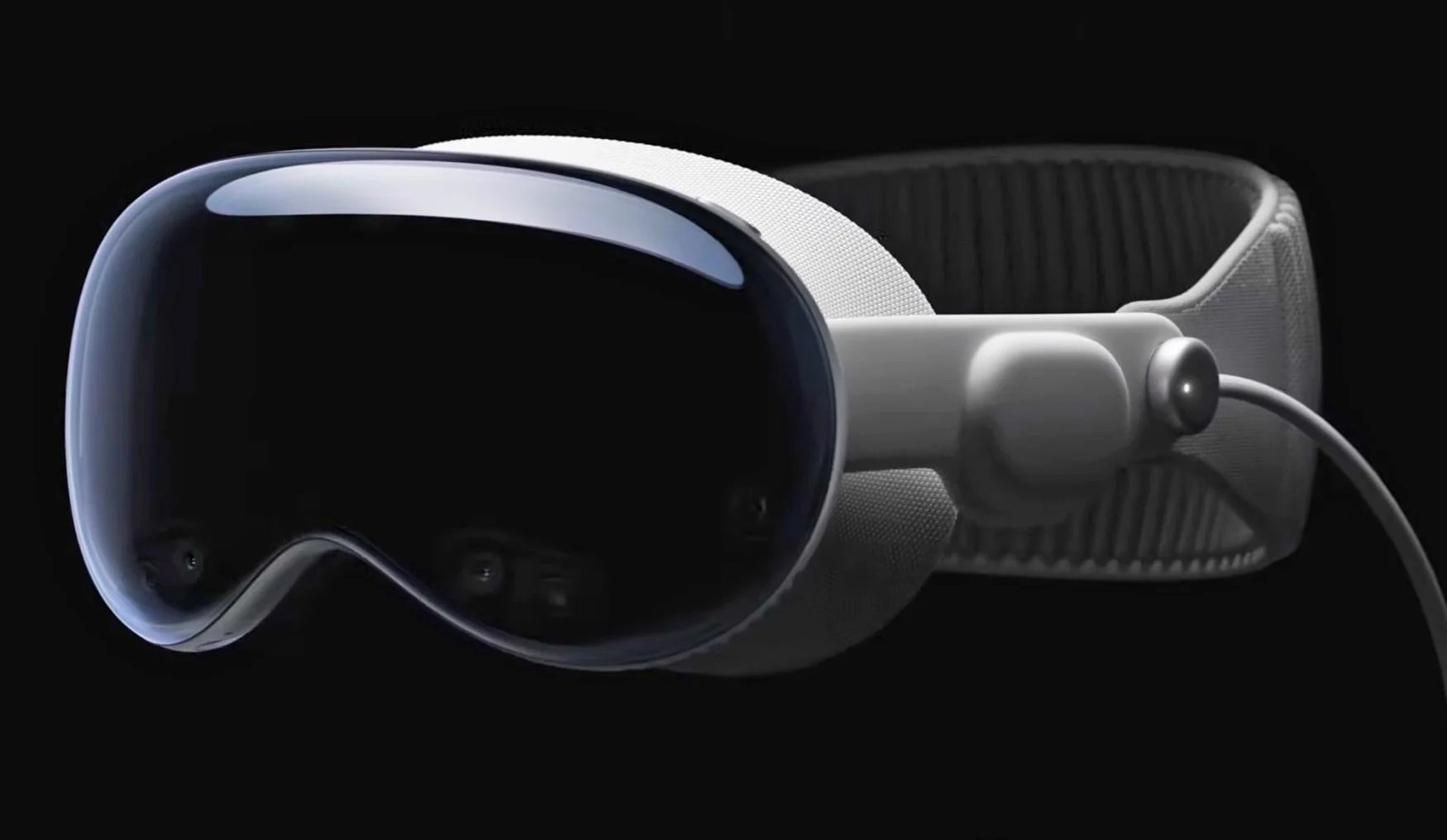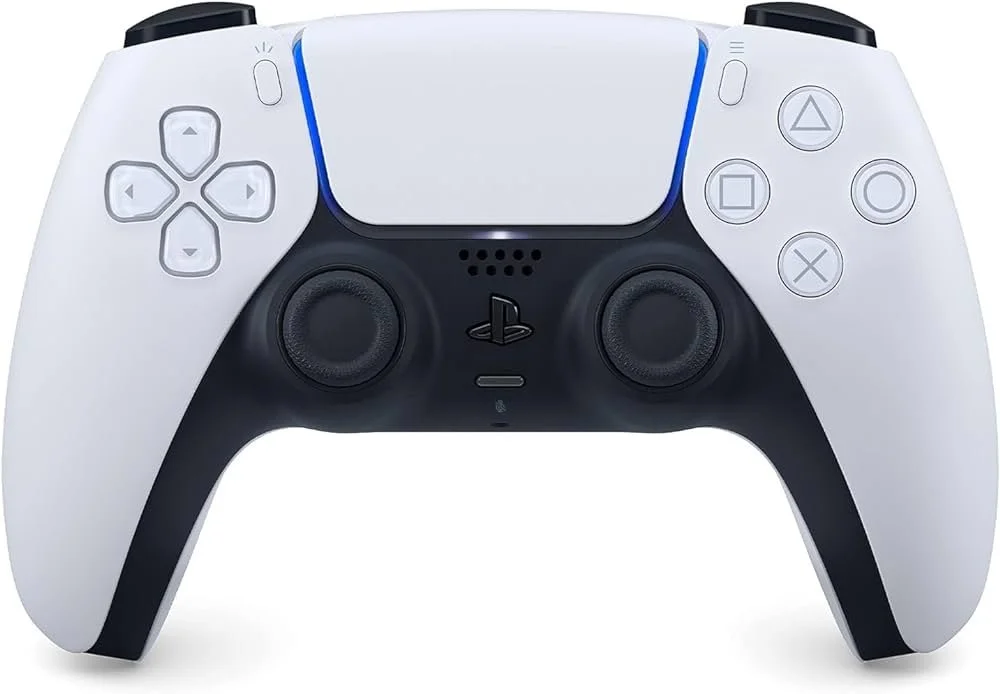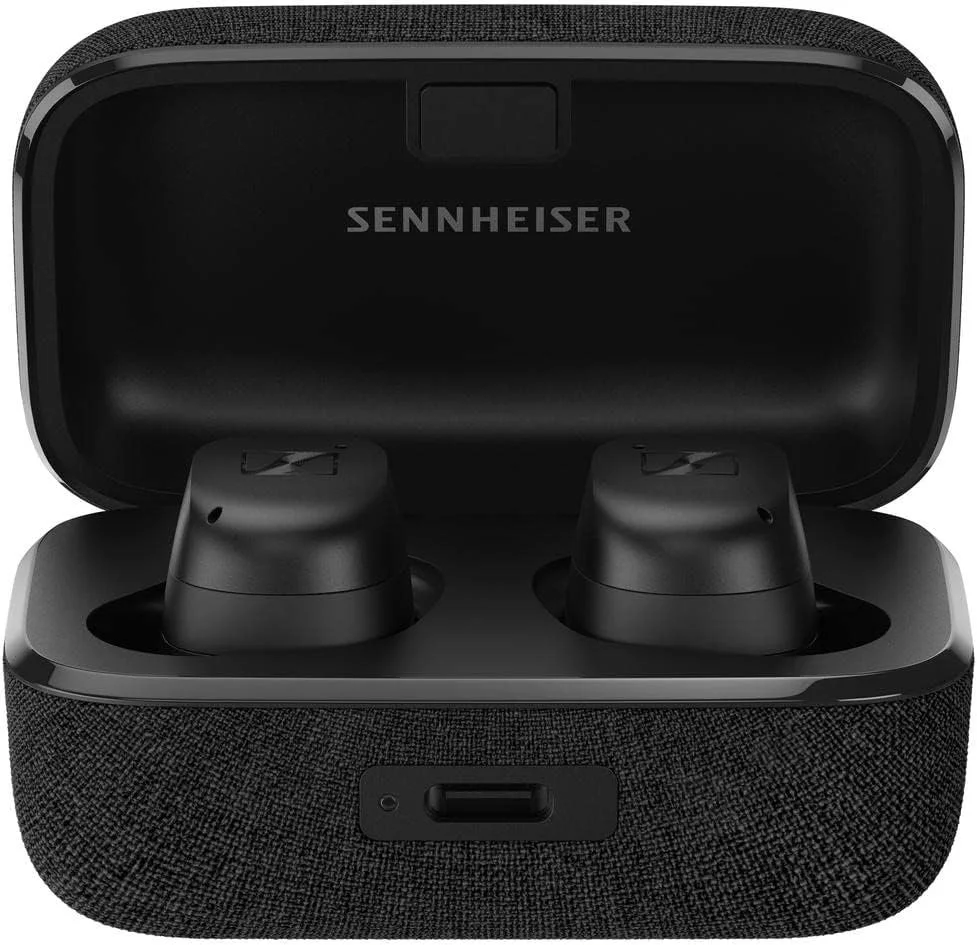Hardware Breakdown Presents: Apple's Vision Pro headsets
Apple just released its new spatial computing headset. The Vision Pro. It combines augmented and virtual reality technologies that create immersive experiences, including entertainment, work, and education. The Vision Pro is a standalone device that does not require iPhone, iPad, and Mac connectivity. This sleek designed device has a whopping $4,000 price tag. For that price, it should perform well, Especially since it is packed with some interesting hardware.
In this new monthly installment of Hardware Breakdown, we will examine the hardware and some of the integral features of the Vision Pro headset.
The processor
Like all current Apple devices with a powerful M chip, the Vision Pro explicitly has an M2 processor. It's an 8-core CPU with four performance cores and four efficiency cores. Like other Apple devices, it has a Neural engine with 16 cores.
The R1 processor by Apple makes its official debut in the Vision Pro. Operating differently from the M chip processor, its primary function is to process real-time data from the onboard sensors. It's responsible for eye, hand, and head tracking and lag-free rendering of the user's environment in video passthrough mode.
The storage and memory
Surprisingly, the Vison Pro has ample storage, with options ranging from 256GB to 1TB. Regarding memory, the Vison Pro has 16GB of unified memory.
The display
The display is the most impressive component of the Vision Pro. It has 23 million pixels and features a 3D display system that conveys depth to the viewer. The display itself is Micro-OLED, having a 92% DCI-P3. I assume the display has an adaptive refresh rate, various numbers listed are, 90Hz, 96Hz, and 100Hz, respectively. There are multiple supports for video playback, measuring 24fps and 30fps for judder-free video (judder-free movies have slight stuttering effects).
The camera and sensors
The Vision Pro's camera setup is exciting. Before we profile the specs, we must review how the cameras function on these virtual reality headsets.
There are, in total, two main high-resolution primary cameras and six world-facing tracking cameras that function by sensing the entire environment by way of a stereoscopic 3D feature. The Vision Pro camera can take photos and video in the user’s field of view. Interestingly enough, four internal tracking cameras track every movement of users’ eyes thanks in part to the four mentioned cameras. A True Depth camera, first introduced in the iPhone 12 and better known as FaceID, is a more advanced authentication feature that captures users’ faces for accurate data. Thousands of invisible dots are projected onto users’ faces, creating a depth map that captures infrared images.
LIDAR technology is used in Apple's current generation of iPhones and iPads. In case you're wondering, LIDAR is an acronym for Light Detection and Ranging; it emits a laser that accurately measures the distance of an object. So, how will LIDAR function in the Vision Pro? Apple states that this technology will use the surrounding environment to floss the device's home screen over, informing users how close they are to walls and furniture.
Now, on to the camera specs: the Vision Pro camera 3D stereoscopic lens measures 18mm, has an f/2.0 aperture, and has 6.5 stereo megapixels.
The Audio
Regarding audio, the Vision Pro features two built-in speaker pods that provide surround sound effects with spatial audio. The speaker pods are individually tuned and personalized, allowing users to hear their surroundings, using ray-tracing technology to map out objects in a room acoustically. The features include Spatial Audio technology, which creates a surround sound effect, enhancing the sense of presence and immersion. Adaptive Sound within the pods also enables users to adapt to any environment.
The Battery
The Vision Pro uses a lithium-ion battery that offers fast charging and high power density, providing extended battery life in a compact package. The significant downside with the Vison Pro battery is that you get up to only two hours of battery life for general usage. I imagine the battery life will probably be less with video playback.
Will all the listed specs and features entice you to purchase the Vison Pro? Leave your comment in the box below.








